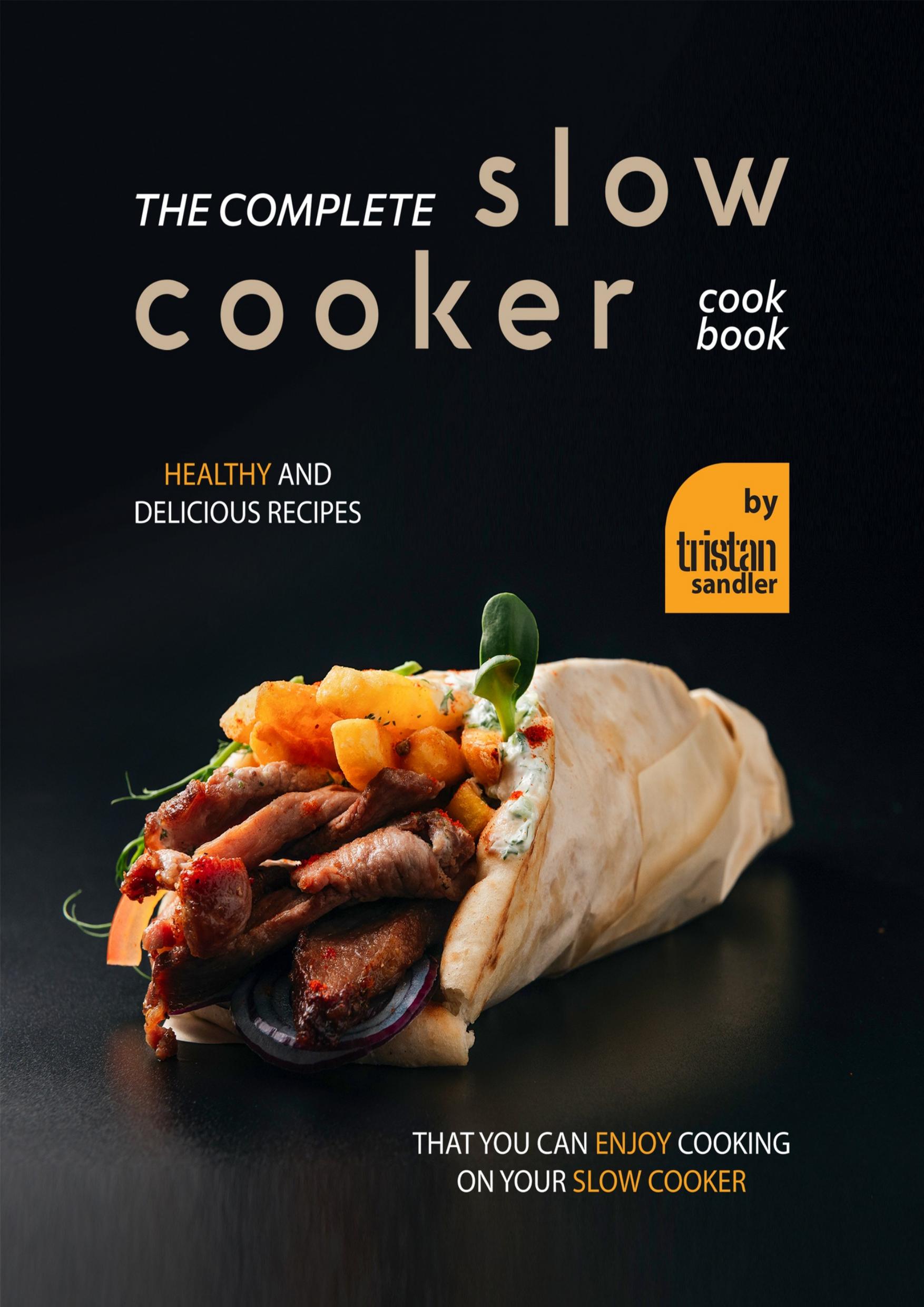
The Complete Slow Cooker Cookbook: Healthy and Delicious Recipes That You Can Enjoy Cooking on Your Slow Cooker PDF
Preview The Complete Slow Cooker Cookbook: Healthy and Delicious Recipes That You Can Enjoy Cooking on Your Slow Cooker
Are you looking for Slow cooker recipes to cook and enjoy? If yes, then this is the right book you are probably looking for!
A slow cooker is a device that cooks food with low, steady heat. It is often used to cook stews and beans, whole chickens or other poultry, and tough cuts of meat that become tender and juicy when cooked for long periods at a low temperature. Slow cookers are also ideal for planning ahead; while the dish cooks throughout the day, the cook can attend to other work or activities. You can prepare the dish in advance and simply allow it to simmer all day until dinner time.
Slow cookers have been around since the 1940s, but it wasn't until the 1960s that electrical stoves with temperature settings were made commercially available. These stoves could maintain a steady, low temperature and slow-cook large batches of food. Since then, many different forms of slow cooker have become available; they range in size from small miniature systems to full-sized kitchen appliances. Some are designed specifically for home cooking; others are designed for use in kitchens of restaurants and catering operations or in restaurants themselves.
This book has 40+ delicious, affordable and healthy Slow cooker Recipes you and your family will surely love and enjoy!
A slow cooker can be used to prepare vegetables or other foods that need longer cooking times (such as whole chickens), beans, soups, stews, and casseroles. The advantages of slow-cooking include energy efficiency, less energy use, ease of preparation and cleanup, retention of flavors and vitamins, little attention during cooking (unattended cooking), and convenience. Disadvantages include the need to plan ahead before cooking begins, the requirement that the cook remain present while the food is cooking (as opposed to a "set it and forget it" style such as with a microwave), possible loss of some nutrients due to prolonged cooking times, possible loss of flavor due to lack of browning (which occurs in other cooking methods when foods are exposed to high heat), possible food contamination if left at temperatures conducive to bacterial growth for long periods, and an inability to reach higher temperatures for searing or browning.
